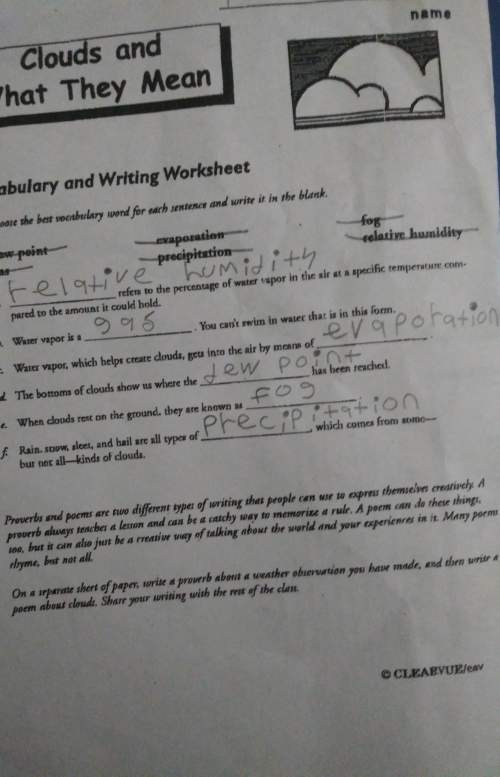
Physics, 18.03.2020 19:46 daliakreynin
A particular type of fundamental particle decays by transforming into an electron e- and a positron e (same amount of charge as e- but with positive sign). Suppose the decaying particle is at rest in a uniform magnetic field B of magnitude 3.53 mT and the e- and e move away from the decay point in paths lying in a plane perpendicular to B. How long after the decay do the e- and e collide

Answers: 1
Another question on Physics


Physics, 22.06.2019 16:30
Large electric fields in cell membranes cause ions to move through the cell wall. the field strength in a typical membrane is 1.0 x 10 7 n/c. what is the magnitude of the force on a calcium ion with charge +e? what is its acceleration? is it possible for a particle with the same charge as as calcium to have a different acceleration if placed at this location? what would change the acceleration: mass of the particle? diameter of the particle?
Answers: 2

Physics, 22.06.2019 19:30
Another word for electromagnetic energy is a. heat b. force c. matter d. radiation
Answers: 1

Physics, 22.06.2019 22:40
Calculate the volume of this regular solid. what is the volume of the cone? round your answer to the nearest hundredth
Answers: 1
You know the right answer?
A particular type of fundamental particle decays by transforming into an electron e- and a positron...
Questions

History, 11.11.2020 07:50





Mathematics, 11.11.2020 07:50


Mathematics, 11.11.2020 07:50

Chemistry, 11.11.2020 07:50


Mathematics, 11.11.2020 07:50


Mathematics, 11.11.2020 07:50

Mathematics, 11.11.2020 07:50

Mathematics, 11.11.2020 07:50



Spanish, 11.11.2020 07:50

Mathematics, 11.11.2020 07:50







